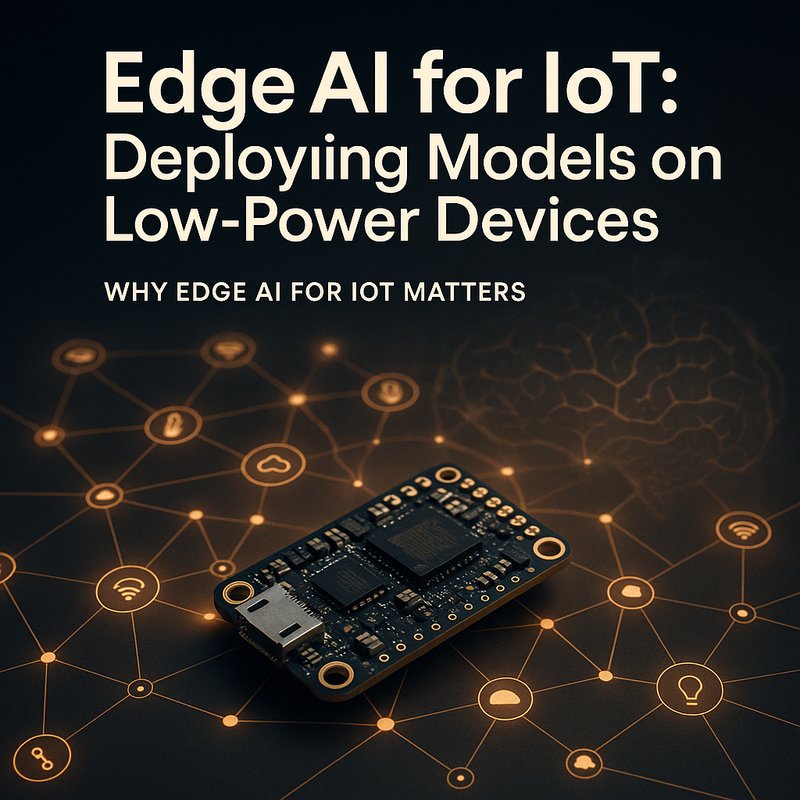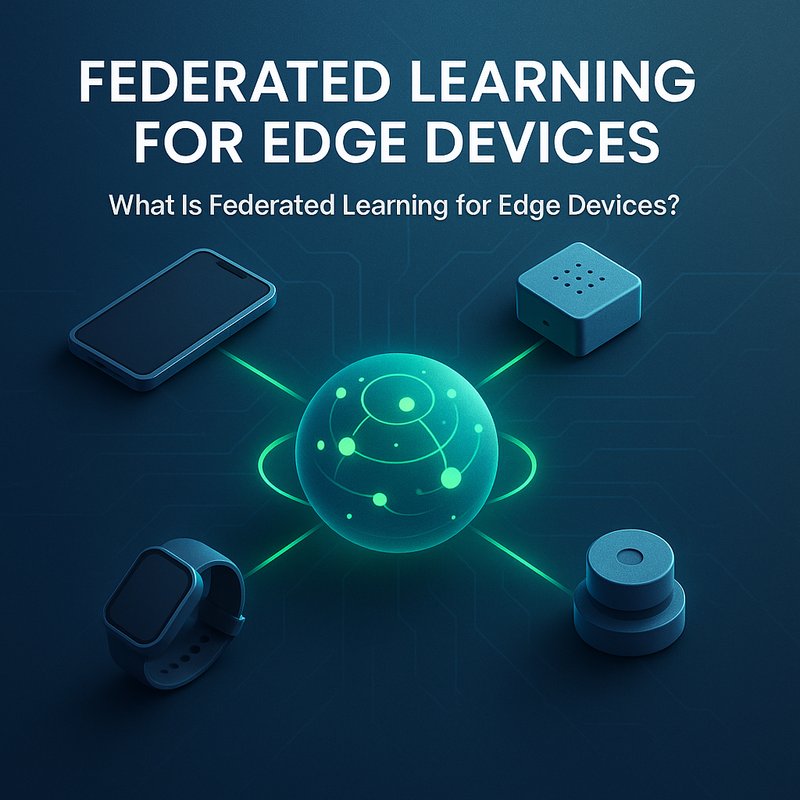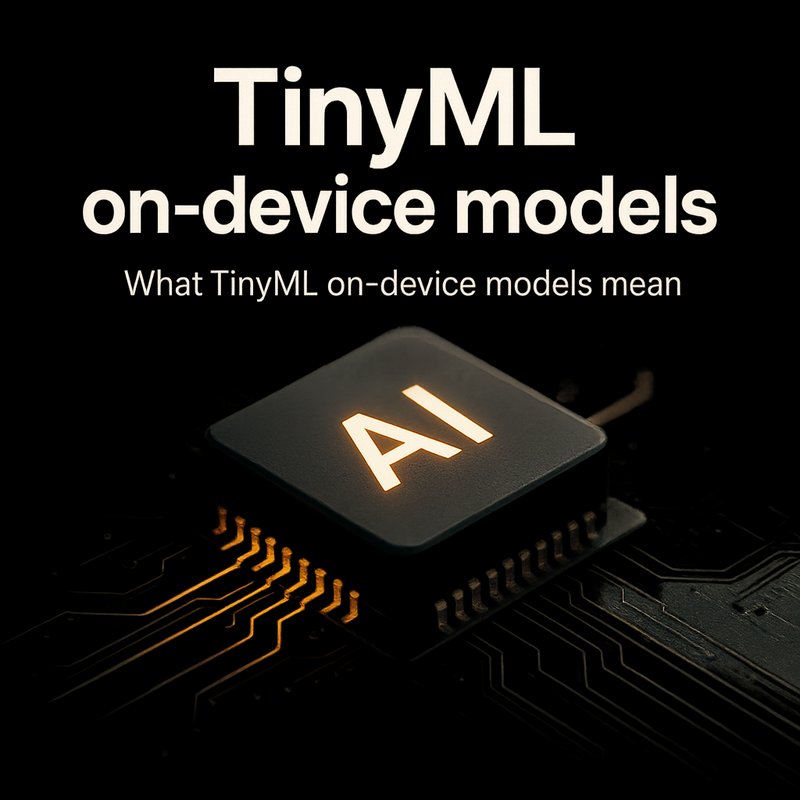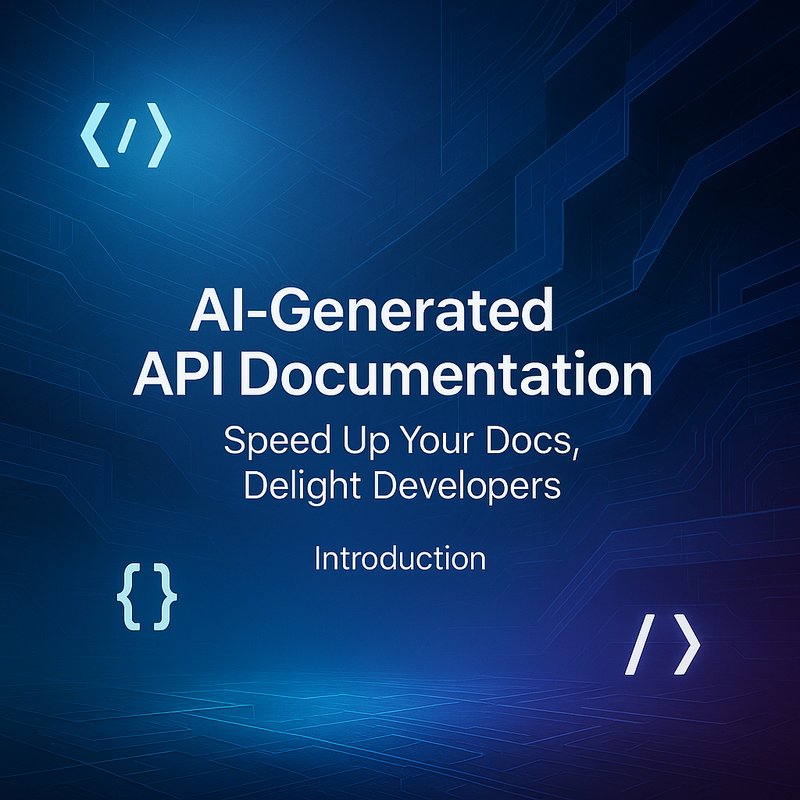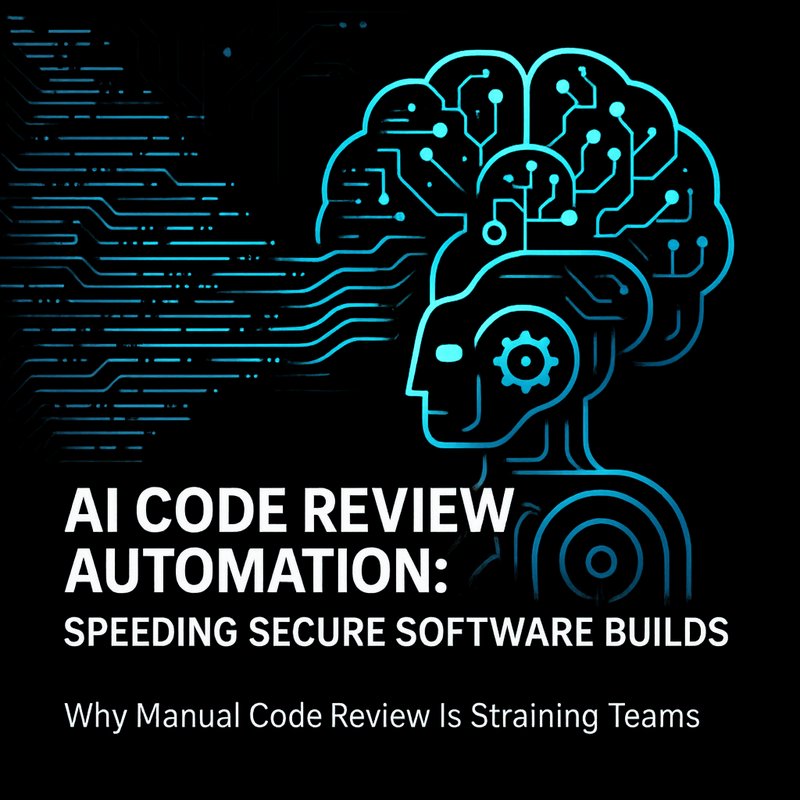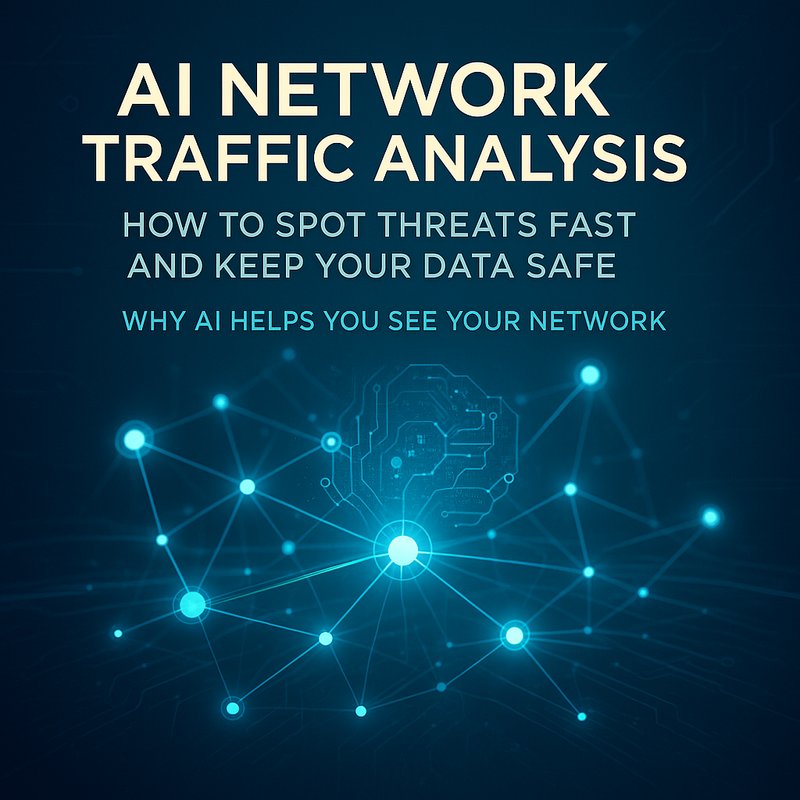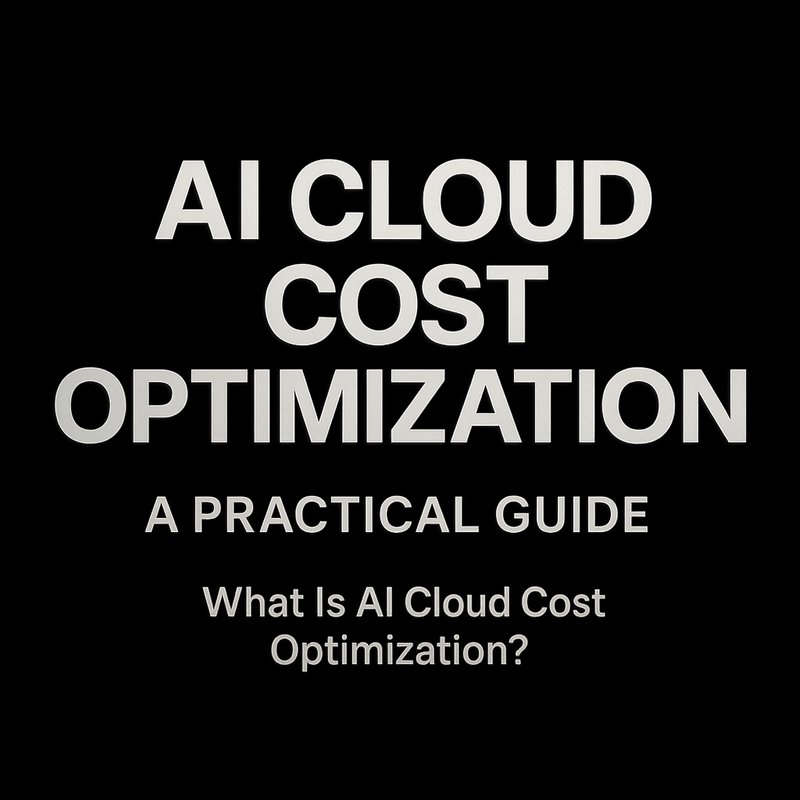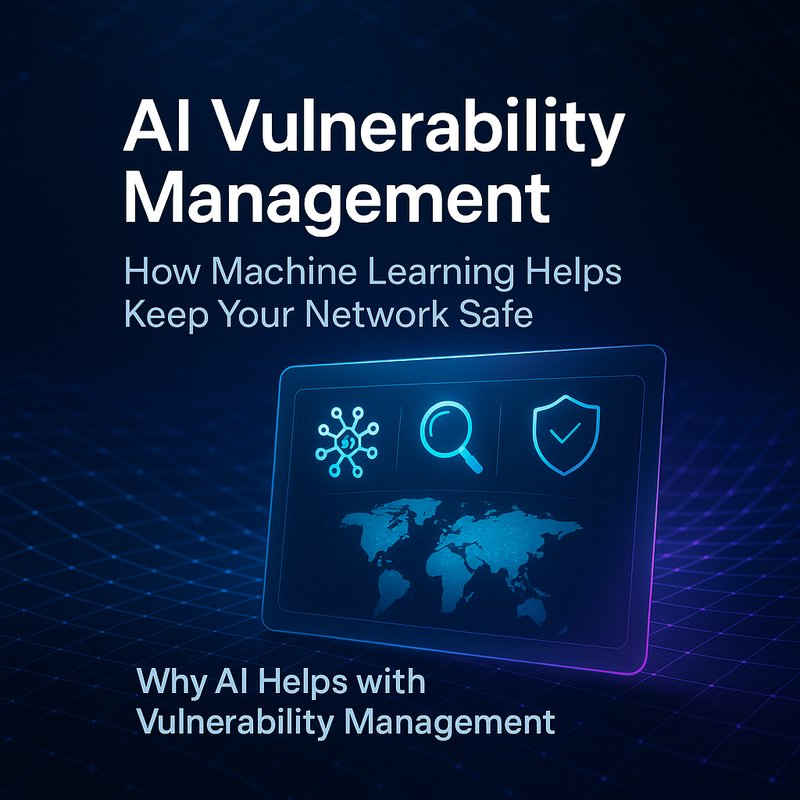Deploying artificial intelligence directly on Internet‑of‑Things (IoT) devices is no longer a futuristic dream. In 2025, many manufacturers are shipping smart sensors, wearables, and industrial controllers that run inference locally, saving bandwidth, reducing latency, and protecting privacy. This guide walks you through the practical steps to build, optimize, and deploy Edge AI for IoT, using tools that fit into a modern DevOps pipeline. By the end, you’ll know how to turn a cloud‑trained model into a lightweight, battery‑friendly application that runs on a Raspberry Pi, an ESP32, or a custom ASIC.
Why Edge AI for IoT Matters
When you move AI from the cloud to the edge, you change the whole game:
- Speed – Decisions happen in milliseconds, not seconds.
- Reliability – No need for constant connectivity.
- Privacy – Data stays on the device, not in a remote server.
- Cost – Less bandwidth, lower cloud compute bills.
If you’re building a smart home thermostat, a health‑monitoring patch, or a predictive maintenance sensor, Edge AI for IoT can give you a competitive edge.
1. Planning Your Edge AI Project
1.1 Define the Problem
Start with a clear question: What do you want the device to do?
Examples:
- Detect a fall in a wearable.
- Classify sound in a factory.
- Predict temperature spikes in a greenhouse.
1.2 Choose the Right Hardware
| Device | CPU | RAM | Typical Power | Ideal Use |
|---|---|---|---|---|
| Raspberry Pi 4 | 1.5 GHz quad‑core | 4 GB | 15 W | Prototyping, small servers |
| ESP32 | 240 MHz dual‑core | 520 KB | 0.5 W | Low‑cost sensors |
| NVIDIA Jetson Nano | 128‑core GPU | 4 GB | 10 W | Vision tasks |
| Custom ASIC | N/A | N/A | < 1 W | Mass production |
Pick a board that matches your compute needs and power budget.
1.3 Pick a Framework
- TensorFlow Lite – Great for mobile and embedded.
- PyTorch Mobile – Supports dynamic graphs.
- ONNX Runtime – Interoperable across vendors.
- Edge Impulse – End‑to‑end platform for sensor data.
For this guide, we’ll use TensorFlow Lite because it’s widely supported and integrates well with Neura ACE for automated model conversion.
2. Building the Model
2.1 Gather Data
Collect labeled data that reflects real‑world conditions. Use tools like Neura Keyguard to scan your data pipelines for missing labels or anomalies.
2.2 Train in the Cloud
Use a GPU instance on AWS, Azure, or Google Cloud. Keep the training code in a Git repository and run it through a CI pipeline that automatically tests accuracy.
# Example training script
python train.py --epochs 30 --batch 64
2.3 Evaluate and Optimize
- Accuracy – Aim for > 90 % on a validation set.
- Model size – Keep it under 10 MB for most microcontrollers.
- Latency – Target < 100 ms inference time.
Use TensorFlow Model Optimization Toolkit to prune and quantize the model.
tflite_convert \
--saved_model_dir=saved_model \
--output_file=model.tfl \
--quantize_float16
3. Converting to Edge Format
3.1 TensorFlow Lite Conversion
The conversion step turns a full‑size model into a lightweight .tflite file. Add a post‑processing step to strip unused ops.
tflite_convert \
--saved_model_dir=saved_model \
--output_file=model.tflite \
--post_training_quantize
3.2 Validate on the Host
Run the .tflite file on a laptop to confirm it still works.
tflite_runtime.interpreter --model model.tflite
If accuracy drops, revisit quantization or add a small calibration dataset.
4. Packaging for the Device

4.1 Cross‑Compilation
For ARM devices, compile the TensorFlow Lite runtime for the target architecture.
export TARGET=armv7
make -j$(nproc)
4.2 Build a Docker Image
Create a Dockerfile that bundles the model, runtime, and a lightweight Python script.
FROM arm32v7/python:3.9-slim
COPY model.tflite /app/
COPY inference.py /app/
CMD ["python", "/app/inference.py"]
Push the image to a registry and pull it onto the device.
4.3 Firmware Integration
If you’re working with an ESP32, use the Arduino framework and the TensorFlow Lite Micro library. The code skeleton looks like this:
#include "TensorFlowLite.h"
#include "model.h"
void setup() {
// Initialize sensors
}
void loop() {
// Read sensor data
// Run inference
}
Compile with arduino-cli and flash the firmware.
5. Deploying and Updating
5.1 OTA Updates
Use a lightweight OTA (over‑the‑air) mechanism. For Raspberry Pi, git pull and restart the service. For microcontrollers, use a bootloader that checks a version tag on a server.
5.2 Monitoring
Collect inference latency and error rates. Push metrics to a central dashboard using MQTT or HTTP. Neura ACE can ingest these metrics and trigger alerts if latency spikes.
5.3 Security
Secure the device with TLS for any network traffic. Use Neura Keyguard to scan the firmware for hard‑coded secrets. Store credentials in a secure element or use AWS IoT Core’s device shadows.
6. Case Study: Smart Factory Sensor
A mid‑size manufacturing plant needed to detect motor vibration anomalies in real time. They deployed a Raspberry Pi 4 with a TensorFlow Lite model that classified vibration patterns. The solution reduced downtime by 22 % and cut maintenance costs by 18 %. The deployment pipeline was fully automated with Neura ACE, which handled model conversion, Docker image build, and OTA rollout.
Read the full case study at https://blog.meetneura.ai/#case-studies.
7. Common Pitfalls and Fixes
| Pitfall | Fix |
|---|---|
| Model too large | Quantize to 8‑bit or use pruning |
| Inference too slow | Reduce input resolution or use a smaller architecture |
| Battery drain | Optimize sensor sampling rate and use sleep modes |
| OTA failures | Implement checksum verification and rollback |
| Security holes | Use secure boot and encrypted OTA payloads |
8. Future Trends in Edge AI for IoT
- TinyML – Models under 1 MB for ultra‑low power.
- Neural Architecture Search (NAS) – Automated design of edge‑friendly networks.
- Federated Learning – Devices train locally and share gradients.
- Hardware accelerators – Dedicated AI chips in microcontrollers.
Staying current with these trends will keep your Edge AI for IoT solutions competitive.
9. Resources and Tools
- TensorFlow Lite – https://www.tensorflow.org/lite
- Edge Impulse – https://edgeimpulse.com
- Neura ACE – https://ace.meetneura.ai
- Neura Keyguard – https://keyguard.meetneura.ai
- AWS IoT Core – https://aws.amazon.com/iot-core
- Arduino TensorFlow Lite Micro – https://github.com/tensorflow/tflite-micro
10. Final Thoughts
Edge AI for IoT is no longer a niche hobby; it’s a mainstream engineering discipline. By following a clear workflow—define the problem, train in the cloud, convert to a lightweight format, package for the device, and deploy securely—you can bring powerful intelligence to the field. Leverage Neura ACE to automate the heavy lifting and keep your pipeline fast and reliable.
Happy hacking, and may your models run smoothly on the edge!
